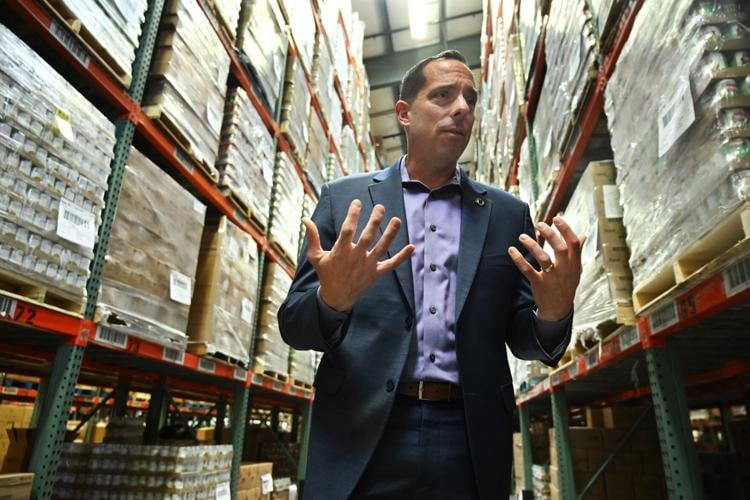Colorado is bracing for a significant increase in food insecurity among its residents as federal funding cuts and changes to the Supplemental Nutrition Assistance Program (SNAP) take effect. Officials and non-profit organizations are expressing profound concerns about the ripple effects these adjustments will have on vulnerable populations across the state. The anticipated changes mark a critical turning point for how the state supports its low-income households, potentially exacerbating existing challenges related to basic needs.
Michelle Barnes, Director of the Colorado Department of Human Services, highlighted the drastic financial implications, noting that federal dollars for SNAP could be reduced by at least $50 million for administrative costs alone. Furthermore, an additional $160 million reduction is projected for Colorado’s share of the state’s substantial $1.5 billion annual grocery bill, directly impacting families relying on food assistance. These federal funding cuts represent a considerable fiscal challenge for state agencies tasked with managing social welfare programs.
Currently, approximately 334,000 Colorado households, encompassing nearly 615,000 adults and children, receive monthly SNAP benefits via electronic benefit transfer cards. These cards are crucial for purchasing groceries and essential items, underscoring the widespread reliance on federal food assistance. The impending policy changes threaten to disrupt this vital support system for hundreds of thousands of Coloradans, raising urgent questions about their ability to secure adequate nutrition.
The overhaul, included in a new federal spending bill approved in early July, introduces provisions set to be implemented by October 1st. A key aspect of these changes involves upgraded work qualifications for SNAP recipients. While currently around 12% (75,000) of Colorado’s SNAP enrollees work, the state anticipates this figure to rise significantly to 156,000 individuals. However, officials acknowledge that many recipients may struggle to meet these new expectations, potentially leading to a sharp decline in eligibility.
The Trump administration cited reasons such as shrinking the federal government’s size, reducing national debt, and lessening fraud and abuse as justifications for these programmatic alterations. Concurrently, Colorado’s share of paying for SNAP benefits is expected to increase to 10% of the total $1.5 billion it receives, attributed to the state’s current “payment error rate” of 9.97%. The exact financial burden on the state will not be determined until next June, prompting the Department of Human Services to actively work with counties to reduce processing errors.
Nonprofit leaders are warning that as fewer people qualify for the updated work requirements, those excluded from the federal program will increasingly turn to other free food programs for support. Nate Springer, President and CEO of the Care and Share Food Bank for Southern Colorado, revealed that federal cutbacks enacted earlier in the year have already diminished the purchasing power of regional distribution centers. This directly translates to less food available for distribution to partner agencies like local pantries, creating a severe strain on their resources.
Springer further emphasized the dire situation, stating that “Our partner agencies are already seeing more people than they’ve ever seen.” This surge in demand, coupled with reduced food availability within the system, paints a bleak picture for the coming months. Organizations like Benefits in Action, which contracts with the Colorado Department of Human Services to assist with public subsidy applications, highlight the pervasive nature of hunger across communities, underscoring the critical need for cost-effective food assistance in light of rising housing, childcare, and transportation costs. The low-income aid provided by SNAP and food banks is more vital than ever.
Locally, county human services departments, such as El Paso County’s, are awaiting further guidance from state and federal partners before fully implementing the new criteria. In the interim, eligibility determinations for SNAP recipients continue based on current guidelines. The prevailing uncertainty at various administrative levels underscores the complex and evolving nature of the federal food assistance landscape, leaving many Coloradans anxious about their future access to essential support.






Leave a Reply